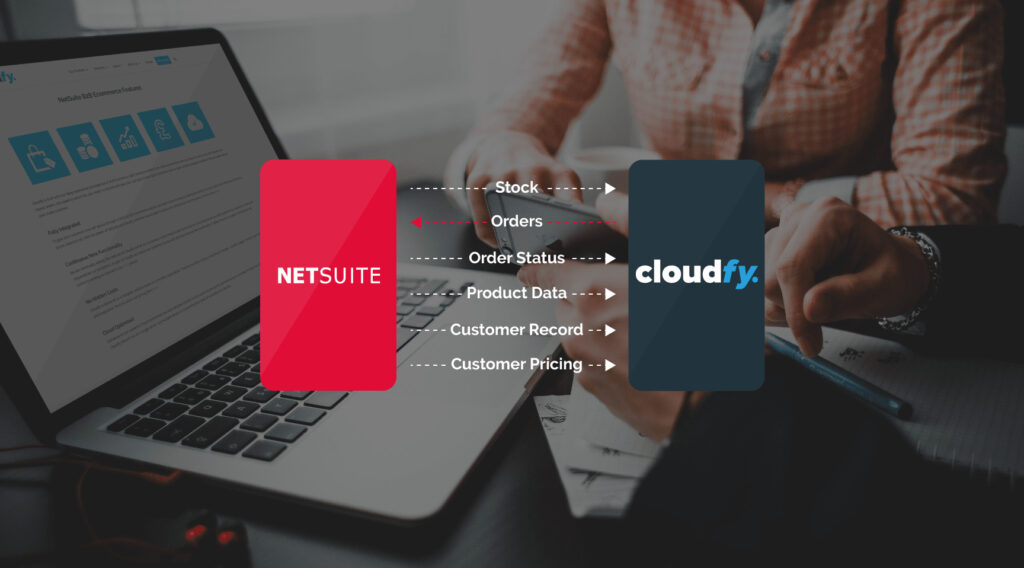For small businesses that want to deliver powerful, enterprise-level B2B ecommerce and top-quality user experiences, NetSuite could be the answer.
It’s recognized as one of the world’s most widely used enterprise resource planning (ERP) systems. Back-office processes including order management and customer relationship management (CRM) can all be integrated to support online stores and in-house sales teams.
Using NetSuite, your business can have seamless operations with distributors, manufacturers, stores and channel partners, all from a single platform.
Here are just some of the ways you can use NetSuite to reach new customers and transform your business into a high-growth, multichannel enterprise.
Buying experiences
Contemporary B2B buyers expect branded, personalized and engaging consumer-like experiences. If you don’t deliver product images, zooms, quick views, product comparisons and real-time inventory data, your buyers could easily look somewhere else.
In contrast, if you meet and exceed you buyers’ expectations, you can grow your online market, create brand ambassadors and improve your search engine results with excellent ratings and reviews.
Ease of use
Buyers are busy people, so using the power of NetSuite to improve buying efficiency, including routine, repeat and bulk ordering capabilities, will give you a competitive advantage.
Through seamless integration of information about suppliers, distributors, and manufacturers, you can automatically convert online orders into invoices. Workflow management for approval, fulfillment and billing will improve speed, accuracy and customer satisfaction.
Your customers can use a personal log-in to access their own negotiated prices, terms and credit limits. Your product catalogues can even be directly connected with their e-procurement system using a punchout connection.
Your team members can have more flexibility with multiple roles allowing them delegated user administration access or organization-specific workflows.
Anytime, anywhere
More and more buyers are using mobile devices to research the market and to place orders. Your continuing ecommerce success could depend on your mobile strategy. Making sure your product information automatically adjusts according to screen sizes and different desktop computers, mobile phones and tablets is becoming an essential requirement. With NetSuite you can create your content once and it will automatically adapt for any device.
Your customers will be able to access their order history and details of their orders, wherever they are.
Netsuite and Cloudfy
Like NetSuite, Cloudfy is Cloud-based and will allow you to provide a seamless sales order portal for your customers. It is continually updated in the Cloud, so there’s no need for time-consuming upgrades, and it’s all delivered for a monthly subscription.
Cloudfy’s design is based on more than a decade of experience and expertise in trade-only sales so it’s an ideal B2B ecommerce alternative to SuiteCommerce, which is NetSuite’s native tool, but happens to be more B2C oriented. And Cloudfy does have a specially developed connector to allow full integration with NetSuite.
Cloudfy is also designed to auto-scale, so that performance remains excellent, even during your busiest periods. With multiple servers, availability and security are never a concern.
Get in touch to find out how Cloudfy delivers a complete solution for integrated NetSuite B2B ecommerce.






